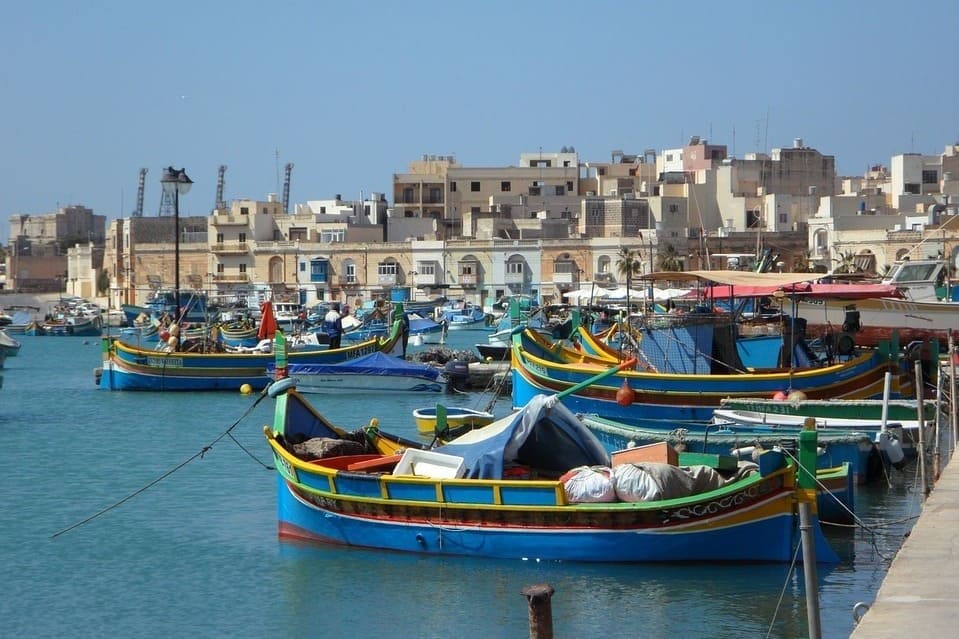
What Makes the Maltese Language Special?
Maltese is notable for being the only Semitic language that employs the Latin alphabet, setting it apart within the European linguistic framework. Spoken by approximately 440,000 people, it features a significant influence from Italian and English. This article aims to explore the origins and extensive history of Maltese, examining its distinctive features and the cultural heritage it represents.
The Beginning of the Maltese Language
Maltese, a member of the Semitic branch of the Afro-Asiatic language family, has a history that dates back to the Phoenician settlers who arrived on the Maltese islands around the 8th century BCE. Originating from these ancient Semitic speakers, the language underwent significant transformations through centuries of cultural exchanges and foreign dominations.
The Influences Shaping the Maltese Language
- Arabic: The most profound impact came from Arabic, introduced during the Arab occupation of the islands in the 9th century. Arabic influences are deeply embedded in the structure and core vocabulary of Maltese, forming the backbone of the language.
- Sicilian and Standard Italian: From the 12th century onwards, Sicilian was introduced during Norman rule, and later, Standard Italian became prevalent, especially during the period of the Knights of St. John. These languages contributed significantly to the vocabulary of Maltese, particularly in terms of administrative, legal, and artistic terms.
- English: With the advent of British rule in the 19th century, English began to exert a strong influence, particularly in the realms of government, education, and technology. This introduced numerous new words to the Maltese vocabulary and influenced other aspects of the language, including syntax and phonetics.
The Moment Maltese Gained Official Status
In 1924, the first official Maltese orthography rules were established, opting for a modified version of the Latin alphabet to more accurately reflect the phonetics of Maltese, particularly considering its significant Romance vocabulary. A decade later, in 1934, Maltese was officially recognized as the national language of Malta alongside English, and it also became the sole official language that year. This choice of the Latin alphabet and the formal recognition of Maltese underscored its unique linguistic identity and its integral role in national culture.
Current Status of the Maltese Language
Today, Maltese is used across all areas of life in Malta, from education and media to government and daily communication. As one of Malta’s two official languages, alongside English, Maltese is taught in schools from an early age, ensuring that younger generations remain connected to their linguistic heritage. It is widely used in government documents, legislation, and public services, preserving its official status and importance within Maltese society. Additionally, Maltese holds a significant place in local media, literature, and online content. Since Malta’s accession to the European Union in 2004, Maltese has also been recognized as an official EU language, promoting its use in European institutions and translating EU documents, which has further supported efforts to preserve and promote the language on a broader scale.
What Makes the Maltese Language Unique
- Latin Alphabet: Maltese is the only Semitic language that uses the Latin script, a direct result of Malta’s long history under European influence, particularly by the Normans, Italians, and British.
- Italian, Sicilian, and English Vocabulary: About 40% of Maltese vocabulary comes from Italian and Sicilian, with an additional portion from English, reflecting centuries of interaction with these cultures through trade, governance, and colonization.
- Complex Verb Structure: Verbs in Maltese exhibit a complex system of conjugation, indicating various aspects, moods, and tenses. The verb system consists of regular and irregular verbs, each following specific patterns. Verbs are conjugated according to person, number, gender, and tense, allowing for the precise expression of actions and events.
- European Union Official Language: Since Malta’s EU membership in 2004, Maltese has held official EU language status, giving it visibility and importance at the European political level and promoting its preservation and study.
- Dual Script History: Although Latin script is now the standard, historical Maltese texts were sometimes written in Arabic script, especially before the 18th century, reflecting its Semitic roots while also showing a shift influenced by European contact.
- Double Negation: Maltese often employs double negation in sentences, where negative words like "ma" and "x" are used together, emphasizing negation more strongly. This feature, shared with languages like Italian and Arabic, adds a unique expressive quality to negative statements
- Influence on Neighboring Dialects: Due to Malta's proximity to Sicily, Maltese has had a reciprocal influence on certain Sicilian dialects, particularly in terms of vocabulary and phonetic features. This cross-pollination has created shared terms and sounds that are unique to the region.
In summary, the Maltese language represents a distinctive integration of linguistic influences shaped by Malta’s complex history. As the only Semitic language to adopt the Latin alphabet, Maltese holds a unique position within Europe, blending elements from Arabic, Sicilian, Italian, and English. Since its recognition as Malta’s national language in 1934 and its designation as an official EU language in 2004, Maltese has played an important role both domestically and within the European framework.







